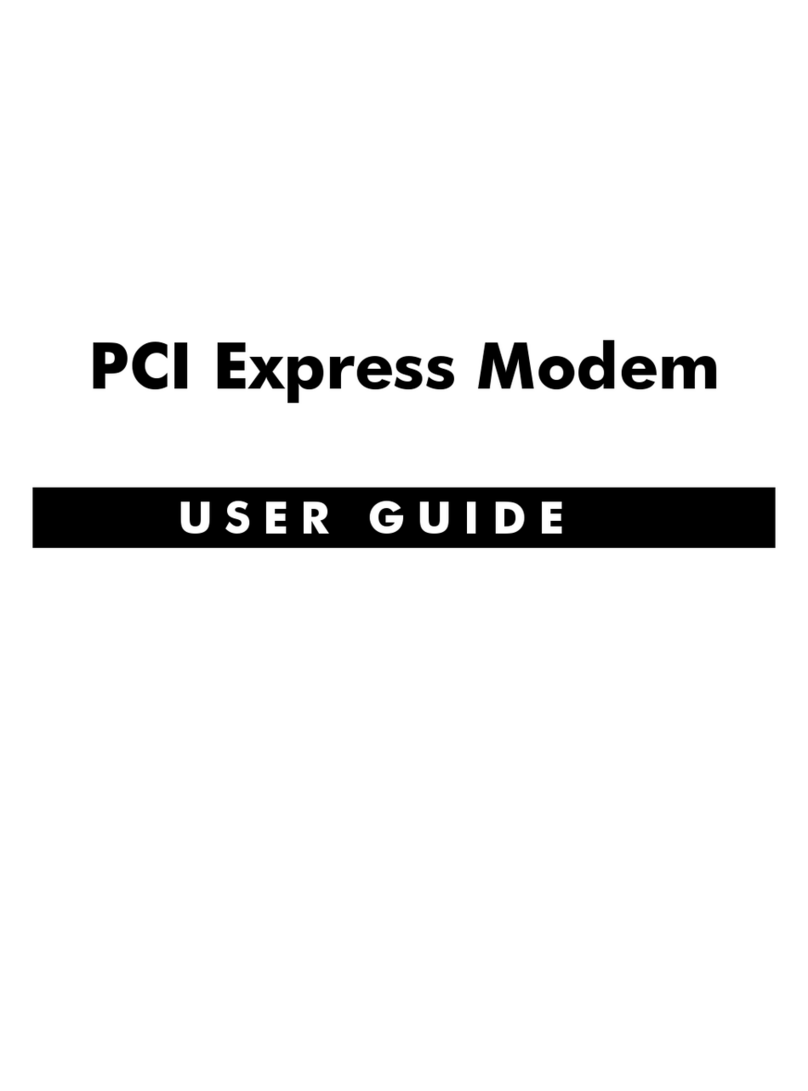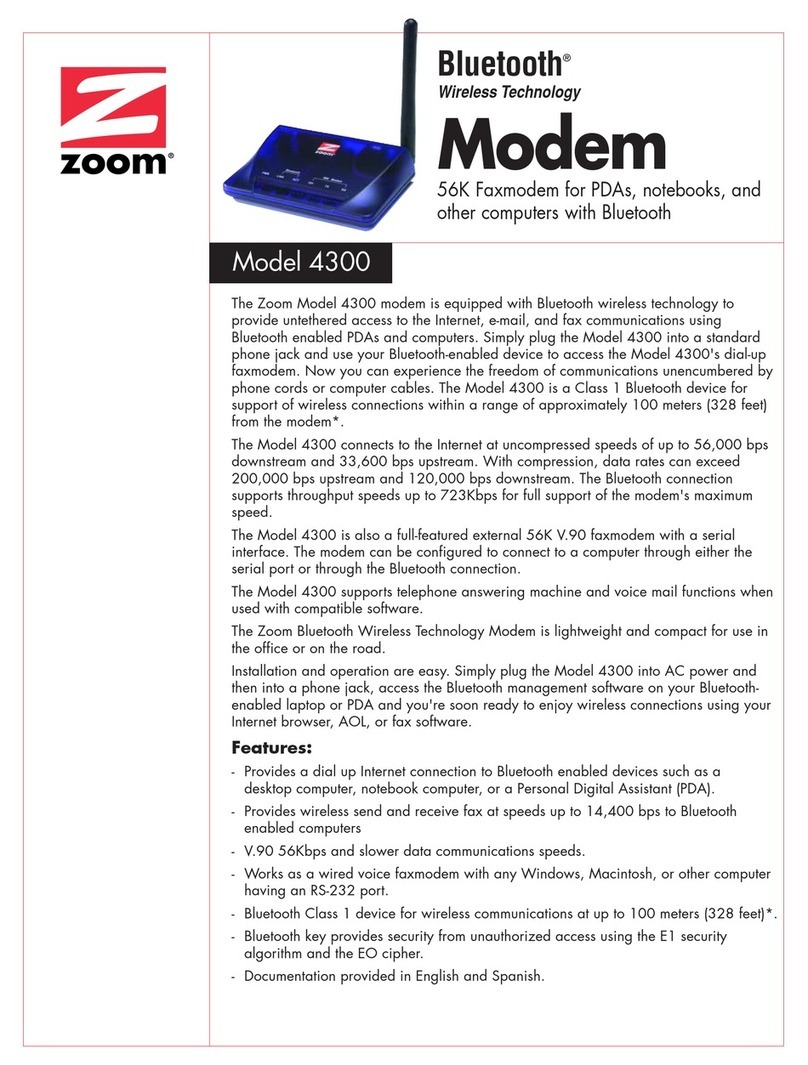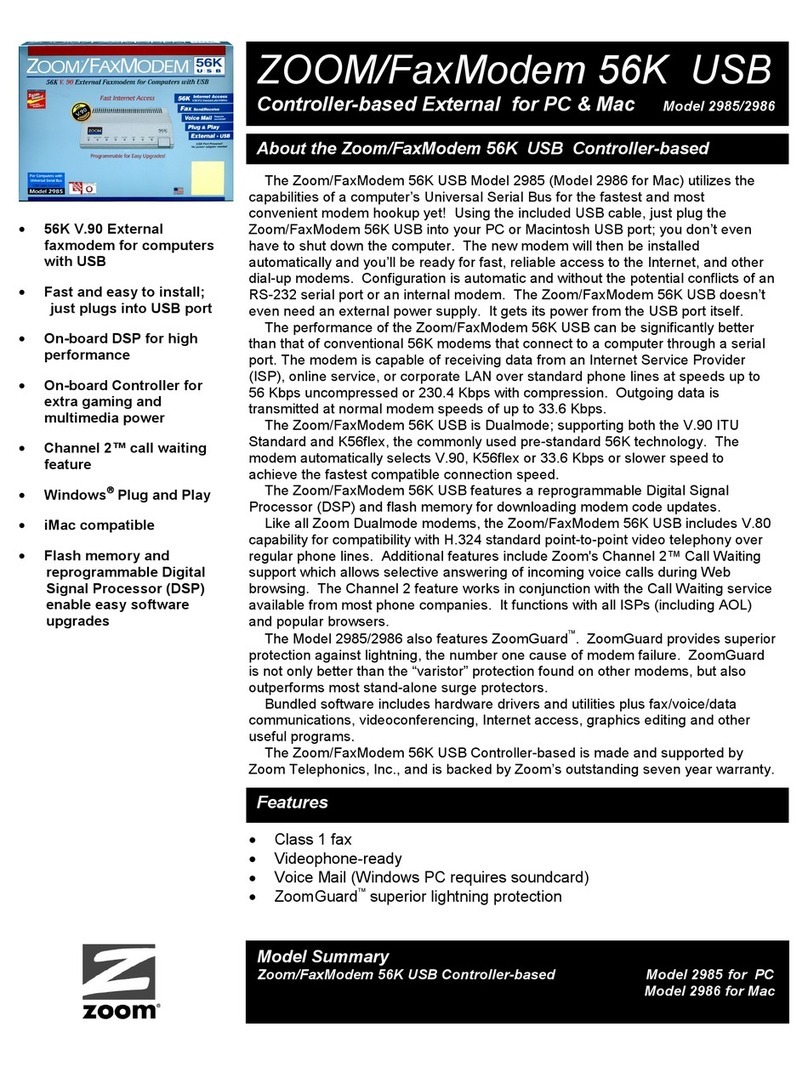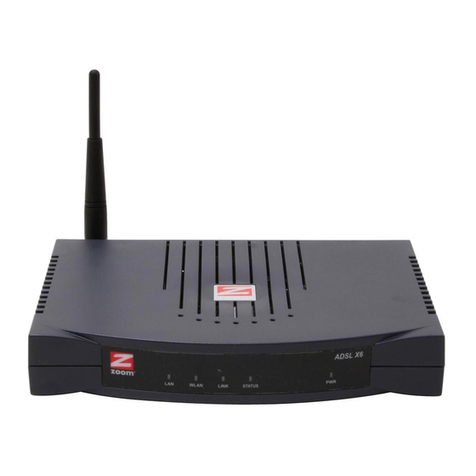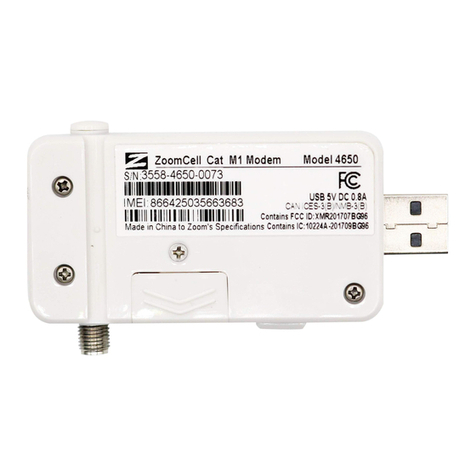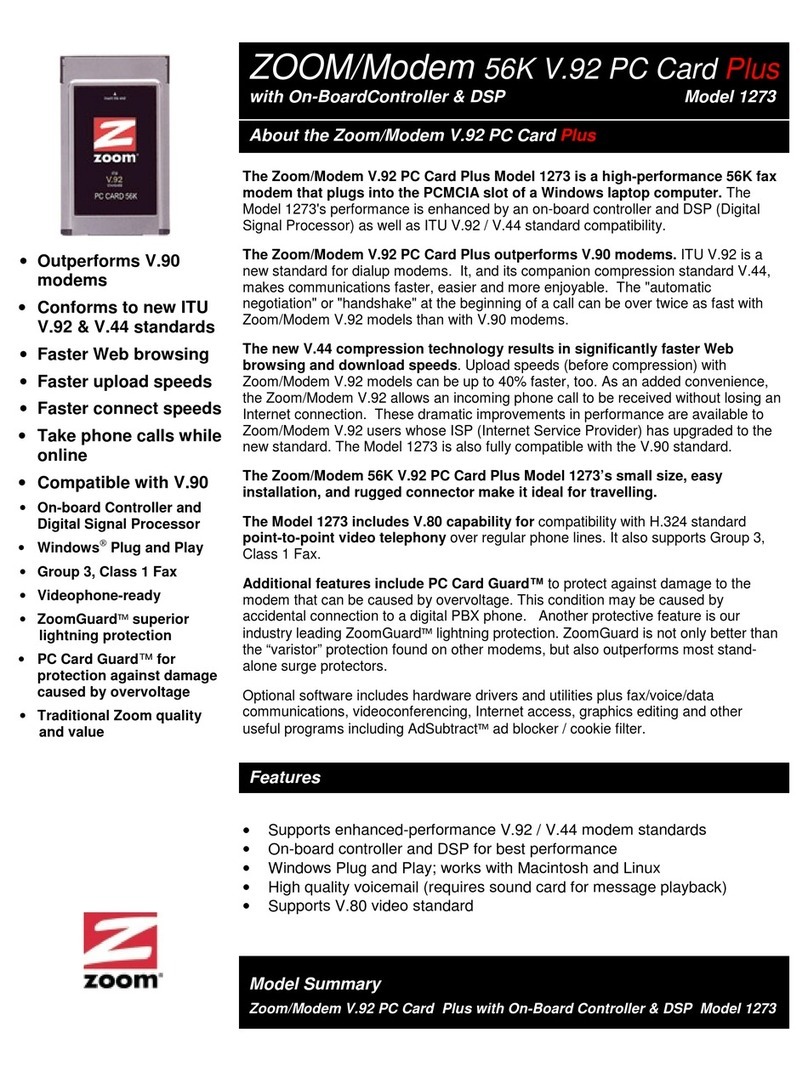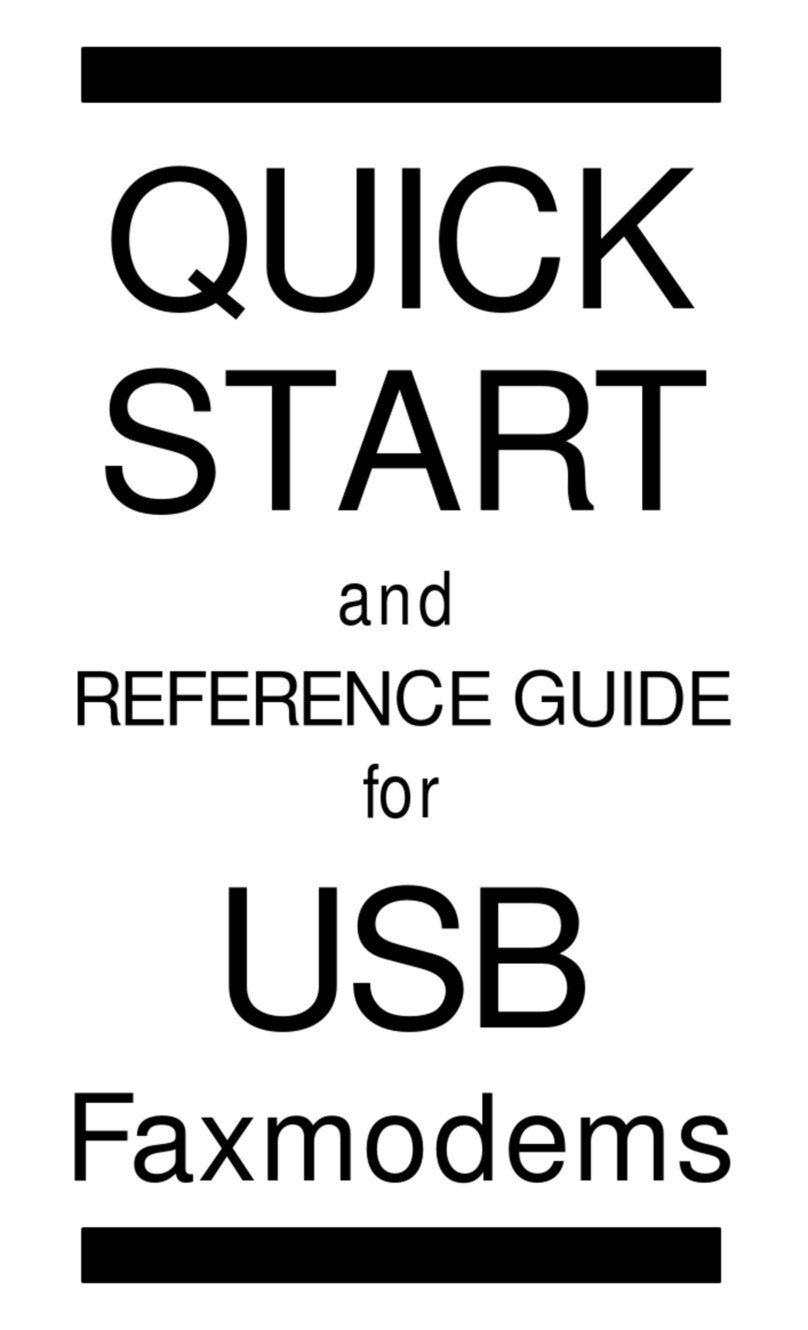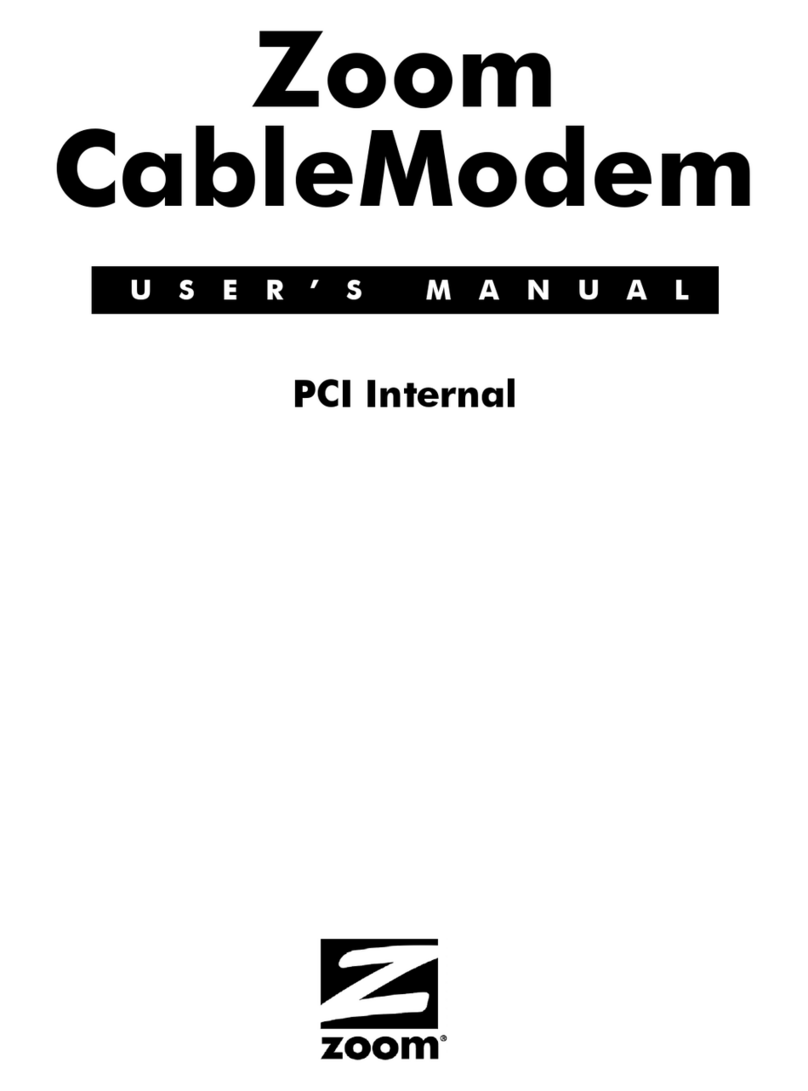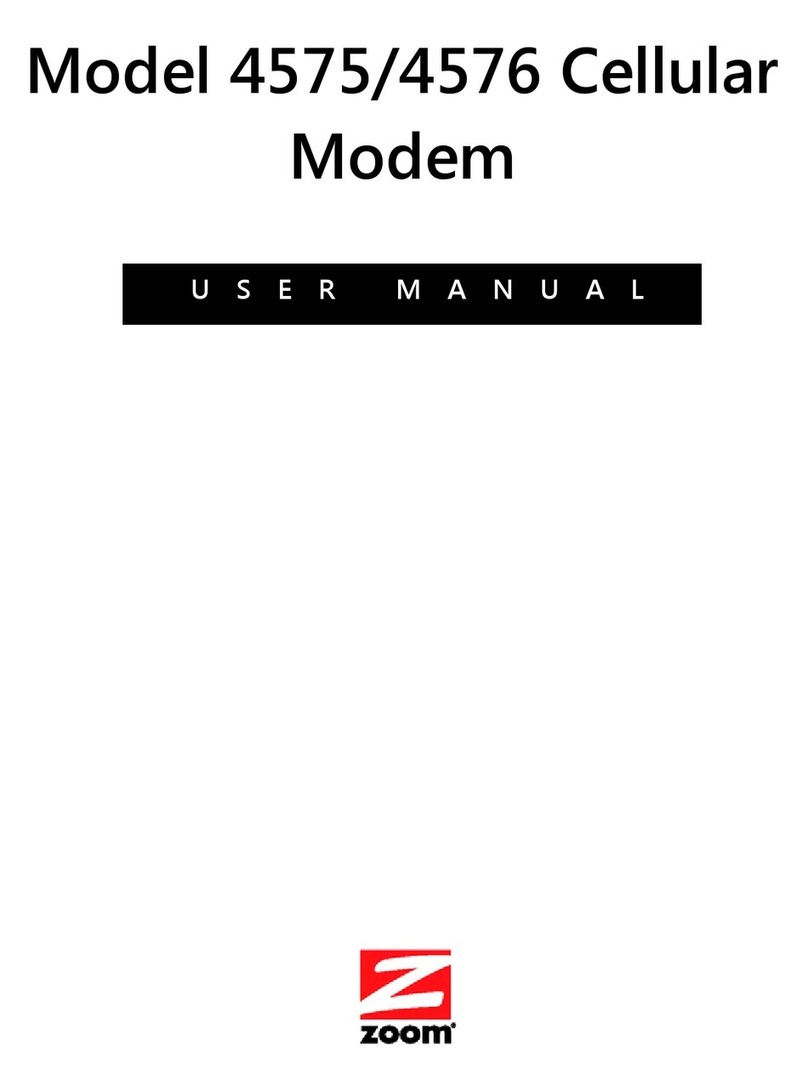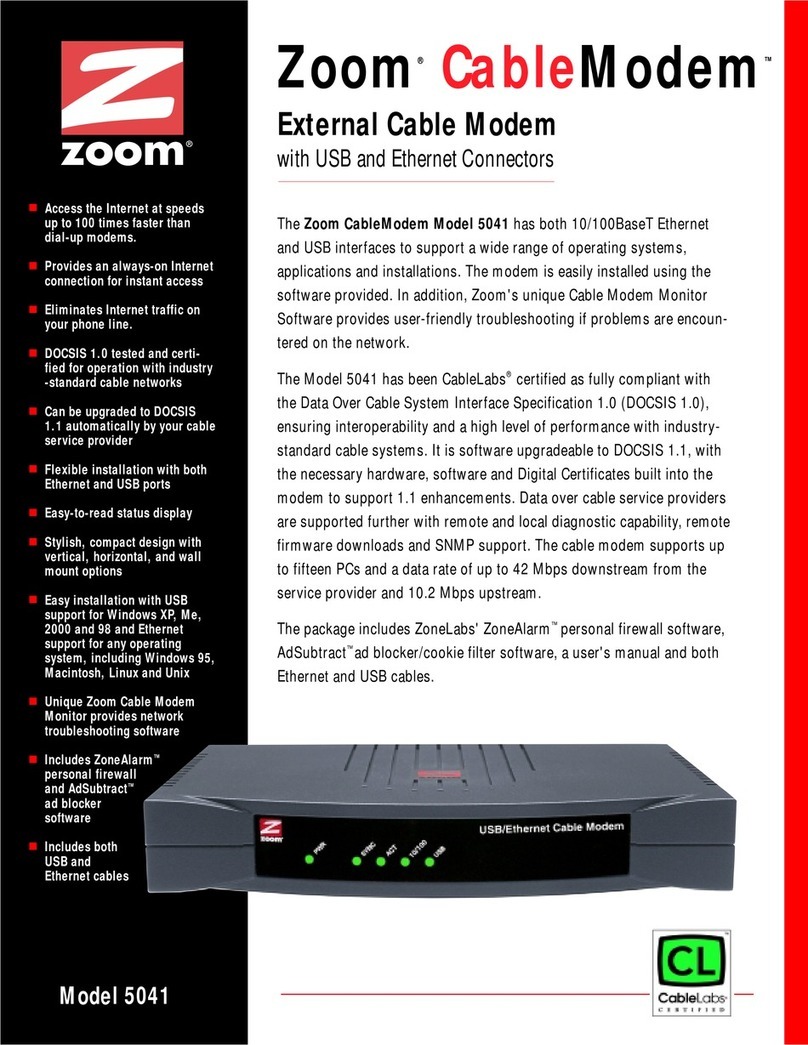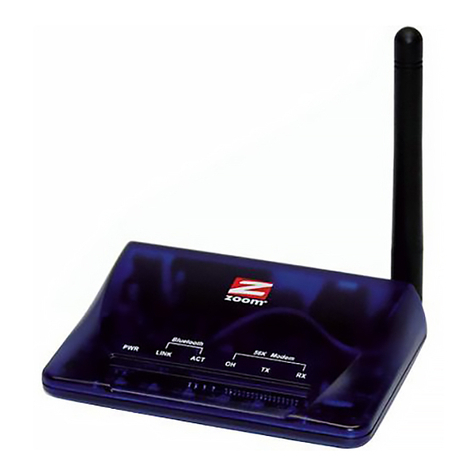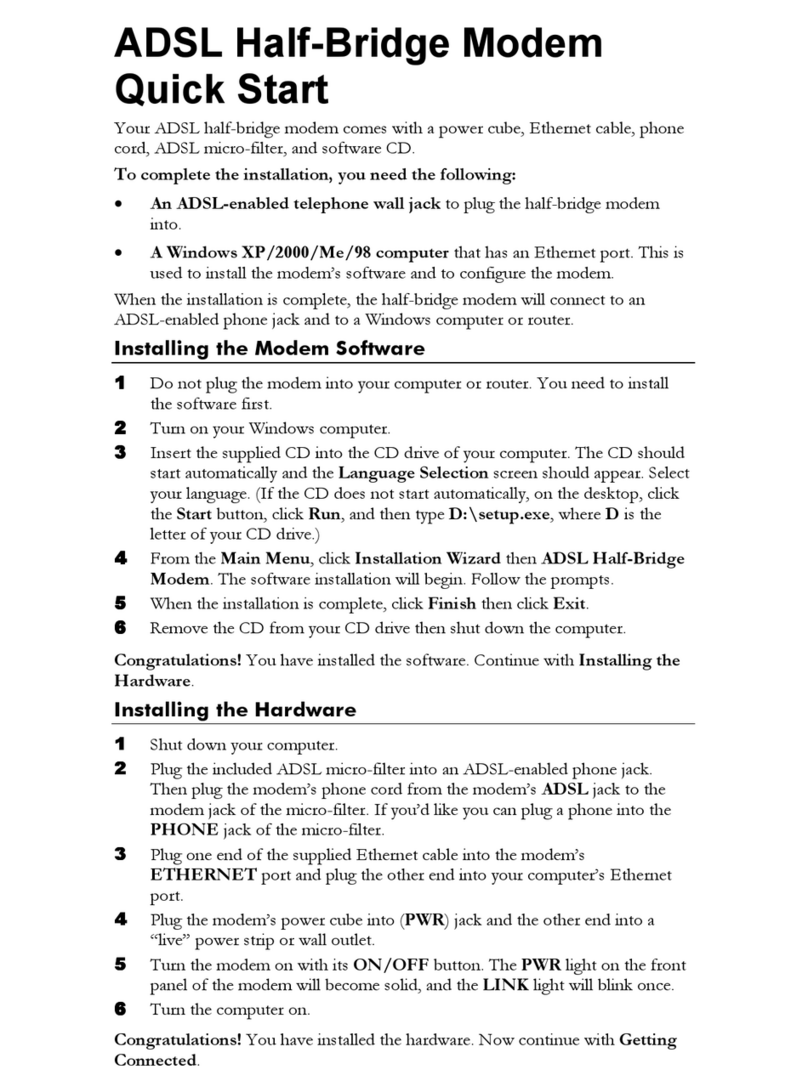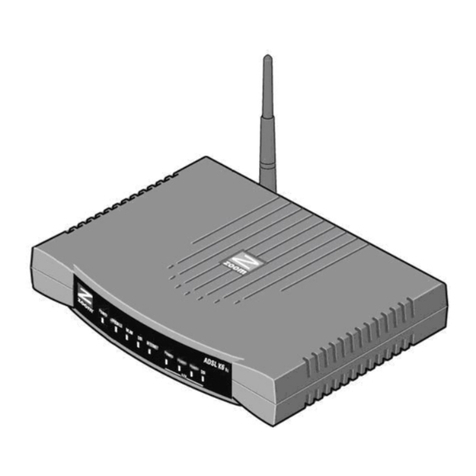
Contents
1 INTRODUCTION.....................................................................................................................................................5
USING THE CONFIGURATION MANAGER ...................................................................................................................5
DOWNLOADING CONFIGURATION FILES....................................................................................................................6
CHANGING THE ADMIN PASSWORD ...........................................................................................................................6
2 CHANGING CONFIGURATION PARAMETERS...............................................................................................7
SETTING USER ACCESS PRIVILEGES........................................................................................................................7
3 SYSTEM PARAMETERS ......................................................................................................................................8
VOIP SYSTEM IDENTIFICATION .................................................................................................................................8
DATE/TIME.................................................................................................................................................................8
VOIP SUBSYSTEM NETWORK CONFIGURATION .......................................................................................................9
STATIC IP/DNS CONFIGURATION .............................................................................................................................9
HTTP /TELNET /FTP SERVER ..............................................................................................................................10
STUN SETTINGS .....................................................................................................................................................10
FIRMWARE AND CONFIGURATION UPDATE SETTINGS ............................................................................................10
VOIP SYSTEM MAINTENANCE .................................................................................................................................11
4 VOIP ACCOUNTS.................................................................................................................................................13
LOGGING IN TO THE CONFIGURATION MANAGER ...................................................................................................13
SETTING USER PRIVILEGES ....................................................................................................................................13
MY VOIP ACCOUNT.................................................................................................................................................14
ACCOUNTS 2, 3, AND 4............................................................................................................................................16
5 VOIP PARAMETERS...........................................................................................................................................19
AUDIO SETTINGS .....................................................................................................................................................19
RTP PROTOCOL PARAMETERS...............................................................................................................................20
SDP PROTOCOL PARAMETERS ..............................................................................................................................20
SDP AUDIO CODEC NAMES....................................................................................................................................20
6 SIP PARAMETERS ..............................................................................................................................................21
SIP PROTOCOL PARAMETERS ................................................................................................................................21
SIP RESPONSE CODES...........................................................................................................................................22
SIP DISTINCTIVE RING NAMES ...............................................................................................................................22
SIP PROTOCOL TIMERS ..........................................................................................................................................23
7 REGIONALIZATION.............................................................................................................................................24
CALL PROGRESS TONES.........................................................................................................................................24
Call Progress Tone Parameters .....................................................................................................................25
STANDARD RINGING PATTERNS..............................................................................................................................27
Standard Ringing Patterns Parameters.........................................................................................................27
DISTINCTIVE RINGING PATTERNS ...........................................................................................................................27
Distinctive Ringing Patterns Parameters.......................................................................................................28
DISTINCTIVE CALL WAITING PATTERNS..................................................................................................................28
Distinctive Call Waiting Patterns Parameters...............................................................................................28
VOICE AND TONE PARAMETERS..............................................................................................................................29
Voice, Tone and DTMF Parameters..............................................................................................................29
SLAC Configuration Parameters....................................................................................................................30
Values for Port Impedance (SLAC & CODEC).............................................................................................30
SLAC Command Strings..................................................................................................................................31
Table of Contents 3

